A great Thanksgiving depends on numerous variables, but one thing inparticular defines the celebration: Turkey. Turkey meat, which is infamous for being easily overcooked, is often ridiculed for being too dry.
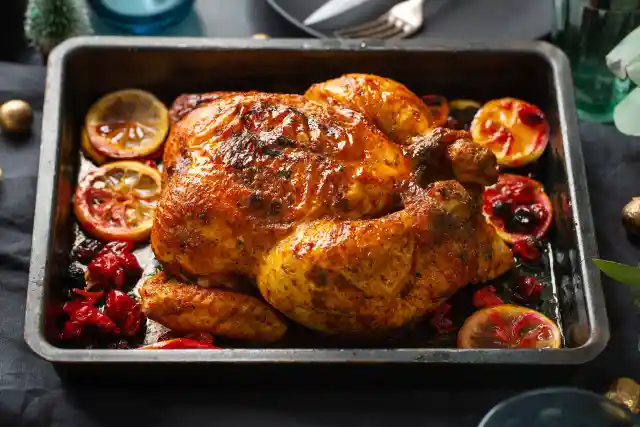

The turkey, especially the breast meat, is relatively lean, meaning that not much fat is present to prevent the meat from drying out and becoming tough. Don't worry, though; you can still prepare the perfect Thanksgiving turkey. Here, we've compiled the top techniques to help you do it.
Choosing the turkey
Less than 10-pound birds cook more thoroughly and have a tendency to be more tender than bigger ones. Cooking two smaller birds instead of one larger one is therefore preferable for feeding a large group of people.
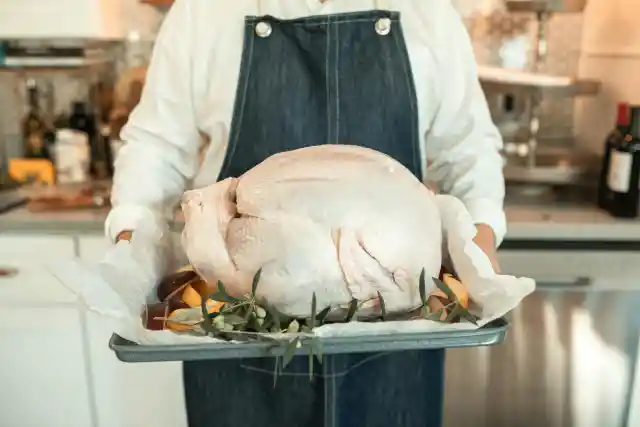
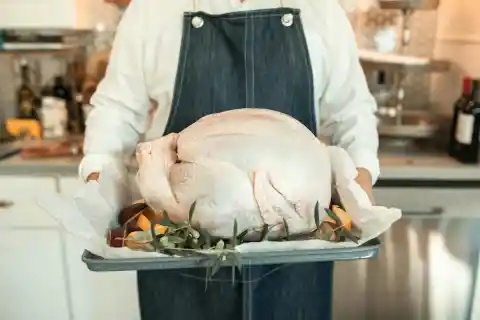
Although kosher, basted, or self-basting turkey is an easy way out, most chefs advise against it. This allows you to better control the flavor and saltiness of the turkey. It doesn't matter if you get a fresh or frozen turkey. You can always defrost a frozen turkey before brining it.
Brining
The finest part of preparing a turkey is brining it, but it also takes some planning. It takes a significant deal of room and at least a day, but it also packs flavor and moisture into every fiber of the turkey. The basic process of brining involves using salt to extract moisture from the meat and osmotically replacing it with the brine. You can use a dry brine or a wet brine.
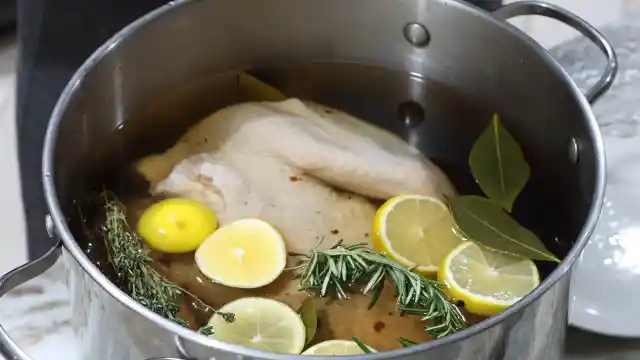
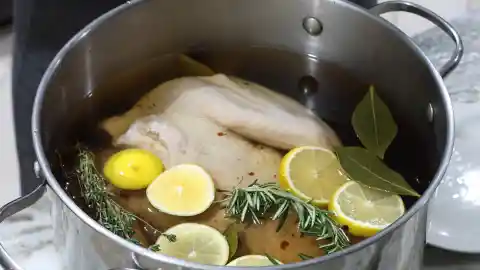
A dry brine is applied to the bird's surface for a longer period of time. It results in a highly crisp skin and juicy meat since it enters the flesh more slowly, lowering the chance that it would become mealy.
A wet brine is when you soak the bird , it gives moist, juicy flesh , but the skin is less crisp. It works wonders faster than a dry brine—in only 12 to 24 hours—but it needs a large amount of room in the refrigerator.
Preparing the turkey
Rinse the brine off the turkey and pat the turkey dry before proceeding further. Make sure the wings are tucked in to prevent burning when roasting. The turkey should be positioned with its legs facing you and breast side up.

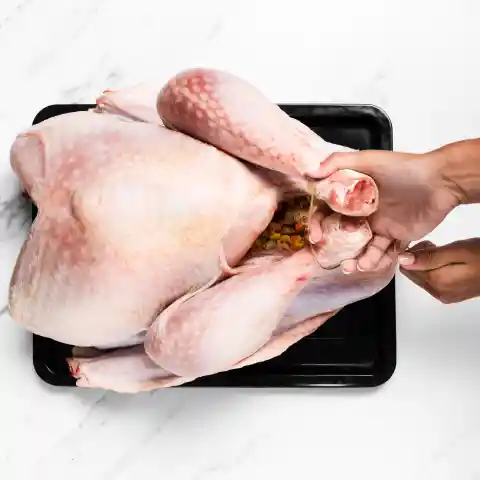
After that, all you have to do is flip the wings so that their tips face the turkey's front and tuck them under. If it still doesn't stick, you may secure the turkey's shape and position using twine. It also helps to the uniform cooking of the meat.
Seasoning
Turkeys can be seasoned in a variety of ways. It really is endless how you can combine flavors. Add the flavor at any time—during the brining process, right before roasting, when stuffing, or right before basting.
Seasoning your turkey from the inside out is the best method to make sure it has flavor throughout. Applying a seasoning rub, such as a dry rub, wet rub, or paste, to season your turkey can add a lot of flavor to your holiday feast.

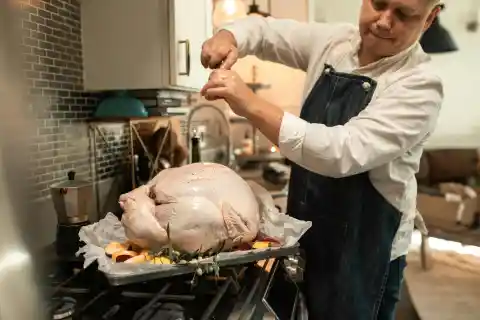
Dry rubs are comprised of powdered spices and dried herbs, whereas liquid rubs are often blended with broth or wine. To make pastes, combine spices with butter or oil of some kind. A quick trick is to make compound butter and slide it under the turkey's skin.
But while you're at it, pay attention to the salt content. This year, Turkey Injection has also been quite popular. Here, you actually inject liquid into the turkey to create moist and flavorful pockets. It can be done alongside the rub, but not in pairing with brining.
Cooking
There are several methods for cooking a turkey. While some argue that a sheet tray provides greater crisping and air movement, others choose roasting pans. To cut down on cooking time, some people like to spatchcock their turkey.
Always preheat the oven; 325 degrees appears to be a universally accepted preheat temperature. Put the turkey in a roasting pan with aromatics such onion quarters, celery stalks, parsley, thyme, and other herbs.
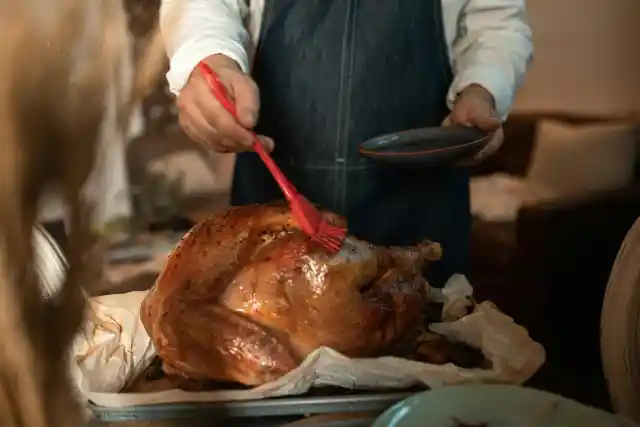

Cover the turkey with aluminum foil and add one or two cups of water to the pan. Using foil to cover the turkey simulates the action of a roaster lid, trapping moisture and steam to prevent drying out while promoting crisp skin. To prevent over-browning the skin, make a loose tent out of the foil.
Calculating roasting timings for turkeys is as simple as adding 13 minutes to the weight per pound at 350°F (about 3 hours for a 12- to 14-lb bird) or adding 15 minutes to the weight per pound for a stuffed turkey. Roast until the temperature reaches 165 degrees Fahrenheit in the thigh meat.
Take off the foil, baste with additional melted butter, and heat the oven to 425 degrees Fahrenheit. Baste helps keep moisture in the turkey and gives it a wonderful, shiny surface.
After cooking, remove the turkey from the oven and let it rest for 15 to 30 minutes on a rack before carving. This allows the fluids to become reabsorbed into the bird.